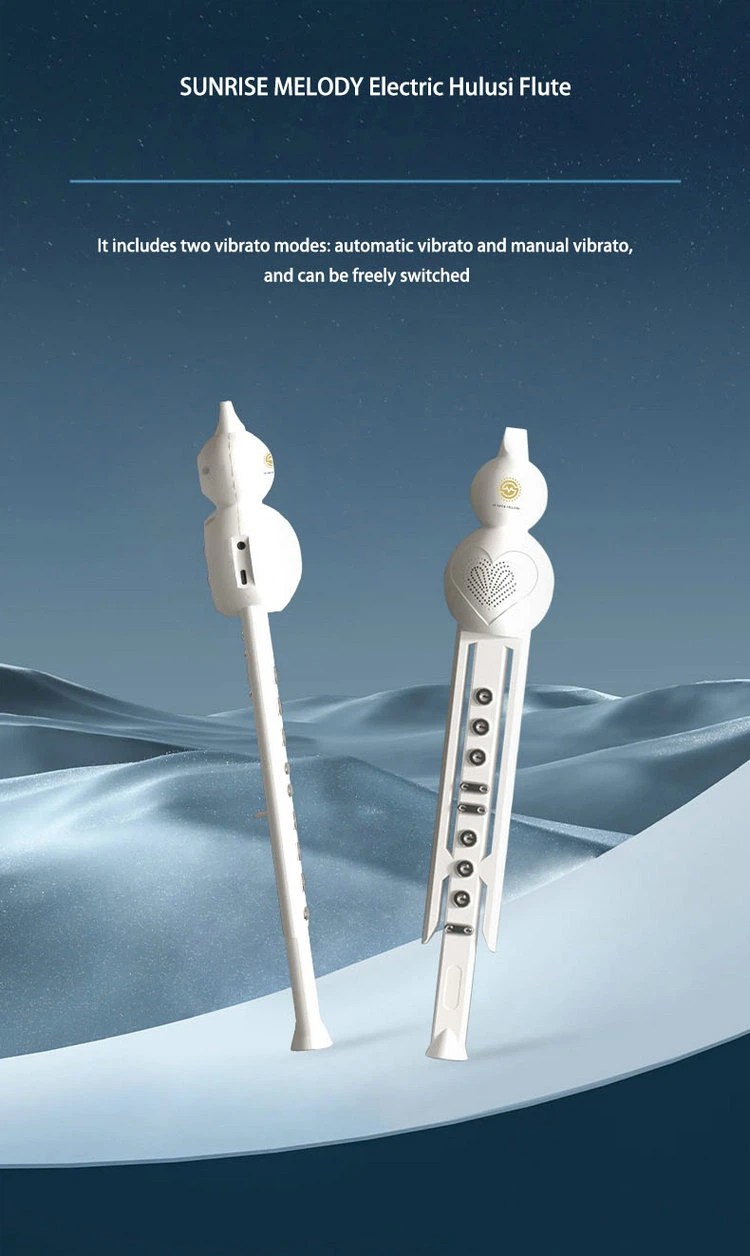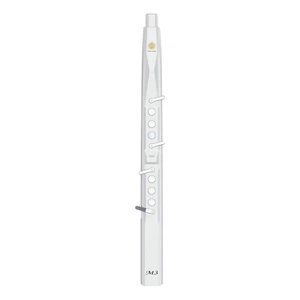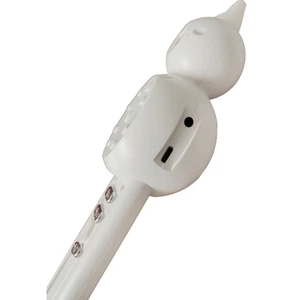Improving your embouchure for playing the Hulusi effectively is a critical aspect of mastering this traditional Chinese wind instrument. Embouchure refers to the formation of the lips and facial muscles while playing a wind instrument, which directly affects the sound production, tone quality, and overall playability. This comprehensive guide will explore various aspects of developing a good embouchure for the Hulusi.
Introduction to Embouchure for Hulusi: The embouchure is essential for controlling the airflow, pitch, and tone of the Hulusi. A proper embouchure allows the player to produce a clear, resonant sound and achieve the desired expressiveness.
Understanding the Basics of Embouchure:
Lip Position:
The lips should be positioned around the mouthpiece, ensuring a balanced and secure seal.
Facial Muscles:
The muscles around the lips and cheeks should be relaxed but controlled to avoid unnecessary tension.
Tone Production:
The embouchure should allow for the vibration of the reed and the production of a focused tone.
Common Embouchure Issues:
Tightness:
Overly tight lips can restrict airflow and lead to a thin or sharp sound.
Leakage:
Inconsistent sealing of the mouthpiece, causing pitch instability.
Fatigue:
Poor embouchure can lead to muscle fatigue, affecting long-term playing.
Inaccurate Pitch:
An improper embouchure can result in difficulty in reaching certain notes.
Strategies for Improving Embouchure:
Relaxation Techniques:
Practice relaxation exercises to reduce muscle tension around the lips and face.
Mirror Practice:
Use a mirror to observe and correct lip positioning and facial muscle movements.
Long Tones:
Play long, sustained notes to develop control and consistency in tone production.
Lip Slurs:
Practice sliding between notes to improve the flexibility and control of your embouchure.
Articulation Exercises:
Work on clear and precise articulation to enhance the clarity of your playing.
Dynamic Control:
Experiment with different dynamics to develop embouchure control for various volume levels.
Vibrato Practice:
Incorporate vibrato exercises to improve the expressiveness and warmth of your sound.
Breath Support:
Strengthen your breath support to ensure a steady airflow for consistent sound production.
Tongue Technique:
Develop your tongue technique to complement your embouchure for better articulation.
Repertoire Study:
Learn pieces that challenge your embouchure, focusing on difficult passages to improve your skills.
Mouthpiece Variations:
Experiment with different mouthpiece sizes and shapes to find the best fit for your embouchure.
Hydration:
Stay hydrated to maintain lip flexibility and reduce the risk of chafing or cracking.
Avoiding Excessive Saliva:
Practice swallowing and controlling saliva flow to prevent it from affecting your embouchure and sound.
Regular Warm-ups:
Warm up your embouchure with gentle exercises before intense practice sessions.
Cool-down Routines:
Incorporate cool-down routines to relax your facial muscles after practice.
Proper Instrument Care:
Maintain the cleanliness and proper condition of your Hulusi to ensure optimal performance.
Seek Professional Guidance:
Work with a Hulusi teacher or join a music class to receive personalized feedback and guidance.
Peer Learning:
Engage with fellow Hulusi players to exchange tips and techniques for improving embouchure.
Record and Analyze:
Record your playing and analyze your embouchure and tone quality for areas of improvement.
Patience and Consistency:
Be patient with your progress and maintain a consistent practice routine.
Overcoming Specific Challenges:
Tight Embouchure:
Focus on relaxation and breath control to alleviate tightness.
Leakage Issues:
Ensure a proper seal around the mouthpiece and consider mouthpiece adjustments.
Fatigue:
Incorporate rest periods in your practice routine and practice efficient embouchure techniques.
Inaccurate Pitch:
Work on precise finger placement and embouchure adjustments for accurate intonation.
Conclusion: Improving your embouchure for the Hulusi is a multifaceted process that requires patience, practice, and attention to detail. By following the strategies outlined in this guide, you can enhance your embouchure, leading to better sound production, greater expressiveness, and an overall more enjoyable playing experience.
This guide has provided an extensive exploration of the embouchure development process for the Hulusi. Remember, the journey to mastering your embouchure is an ongoing one, and with dedication and consistent effort, you will see significant improvements in your Hulusi playing.
SUNRISE MELODY Electric hulusi flute instrument
Chinese hulusi flute instrument has a unique ethnic style and is extremely ethnic.
And it has a good volume and 10 timbres, it is easy to learn and simple to use, especially suitable for beginners.
6 Major Core Selling Points, a variety of innovative functions to meet different performance needs:
10 kinds of timbres
Touchable octave
Connect headphones
Four fingerings
Built-in battery
Built-in speakers



